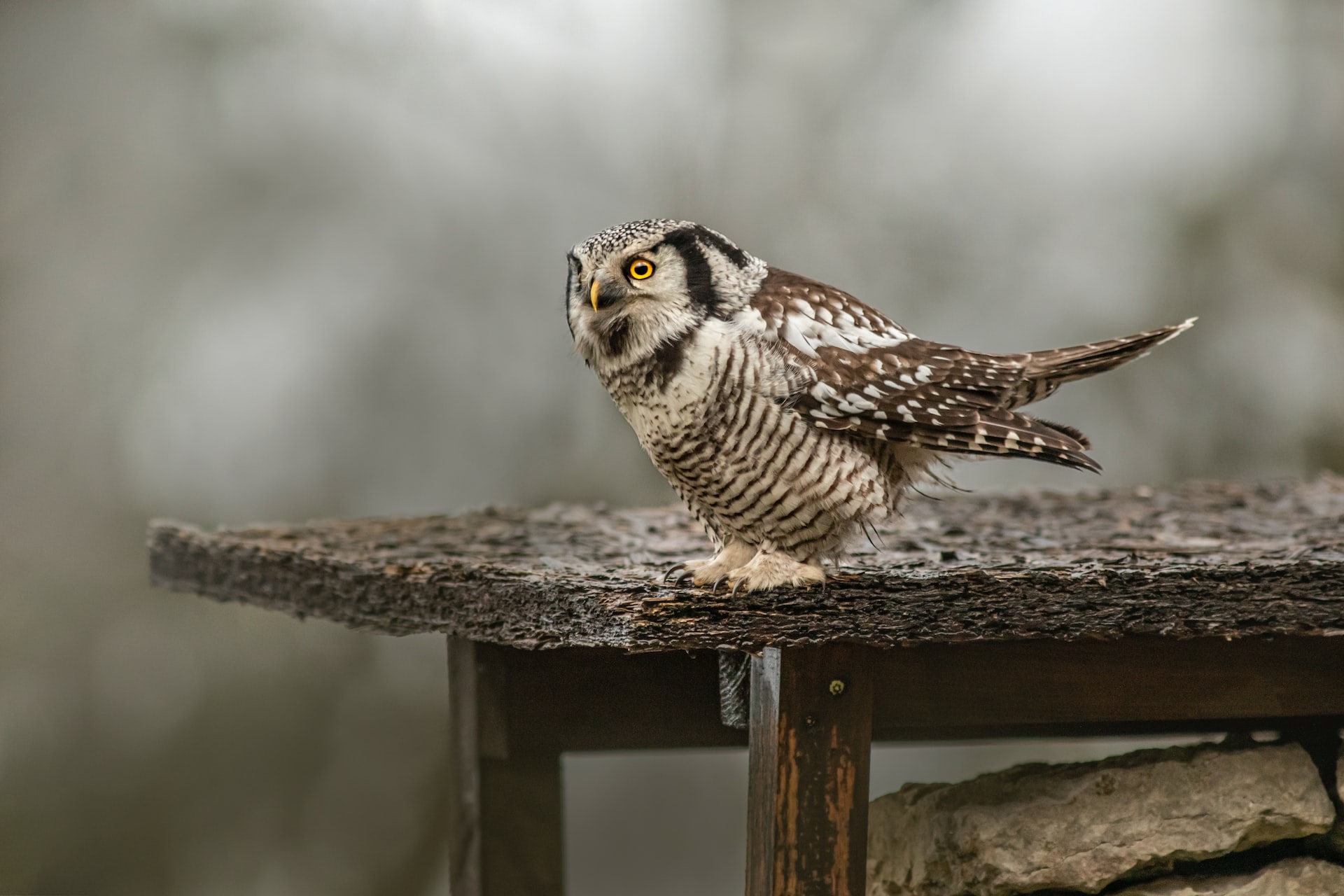Birds are a diverse group of animals, with over 10,000 species known to exist today. They are found in almost every habitat on Earth, from the Arctic tundra to the tropical rainforest, and exhibit a wide range of behaviors and social structures. In this essay, we will explore some of the diverse behaviors and social structures of birds, and how these adaptations help them survive in their environments.

One of the most common behaviors exhibited by birds is migration. Many species of birds travel long distances, sometimes thousands of miles, to breed, feed, and avoid harsh weather conditions. Migration is a complex behavior that involves a combination of genetic programming and learning. Birds use a variety of cues to navigate during migration, including the position of the sun, stars, and Earth's magnetic field. Some species, such as the Arctic tern, migrate every year from the Arctic to the Antarctic and back, covering a distance of over 44,000 miles in total.
Another behavior exhibited by many birds is territoriality. Birds defend a territory to ensure they have access to the resources they need to survive, such as food, water, and nesting sites. Territory defense can involve a variety of behaviors, such as vocalization, physical displays, and physical aggression. Some species, such as the red-winged blackbird, defend a small territory within a larger area that is used by multiple individuals of the same species. Other species, such as the golden eagle, defend a large territory that is used exclusively by a single pair of birds.
Birds also exhibit a wide range of mating systems, including monogamy, polygyny, and polyandry. Monogamy is the most common mating system in birds, where a male and female form a pair bond and raise offspring together. Polygyny is where a male mate with multiple females, and is common in species where males are able to defend a territory that contains multiple females. Polyandry is where a female mate with multiple males, and is rare in birds, but is found in species such as the spotted sandpiper. Some species, such as the ruff, exhibit a mixed mating system, where males adopt different mating strategies depending on their physical and social status.
Social structures of birds vary greatly between species and can include solitary, pair-living, and group-living. Solitary species, such as the peregrine falcon, live alone except during the breeding season. Pair-living species, such as the bald eagle, form a long-term pair bond and raise offspring together. Group-living species, such as the African grey parrot, form flocks of up to hundreds or even thousands of individuals, and exhibit complex social interactions and communication.
Birds also exhibit a wide range of parental care behaviors, with some species exhibiting extensive care for their offspring, and others exhibiting little or no care. Precocial species, such as ducks and geese, are able to feed and move independently shortly after hatching, and receive little parental care. Altricial species, such as songbirds and raptors, are born helpless and require extensive parental care for several weeks or even months after hatching. Parental care behaviors can include feeding, protection from predators, and teaching offspring important skills, such as hunting or flying.
In addition to these behaviors, birds also exhibit a wide range of feeding strategies, including herbivory, carnivory, and omnivory. Herbivorous birds, such as finches and parrots, feed on seeds, fruits, and other plant material. Carnivorous birds, such as hawks and eagles, feed on other animals, including insects, mammals, and other birds. Omnivorous birds, such as crows and gulls, feed on a variety of plant and animal materials and are able to adapt their diet to changing environmental conditions.
Birds also exhibit a wide range of vocalizations and communication behaviors. Vocalizations can be used for a variety of purposes, including mate attraction, territorial defense, and warning of predators. Many bird species have complex vocalizations that are unique to their species and are used for communication between individuals. Birds also use visual displays, such as courtship displays and territorial displays, to communicate with each other.
In conclusion, birds exhibit a wide range of behaviors and social structures, which are adapted to their environments and help them survive and reproduce successfully. These behaviors include migration, territoriality, mating systems, social structures, parental care, feeding strategies, and communication behaviors. Understanding the diversity of behaviors and social structures in birds can provide valuable insights into the evolution of animal behavior and the ecological and environmental factors that shape it.
Comments
Post a Comment